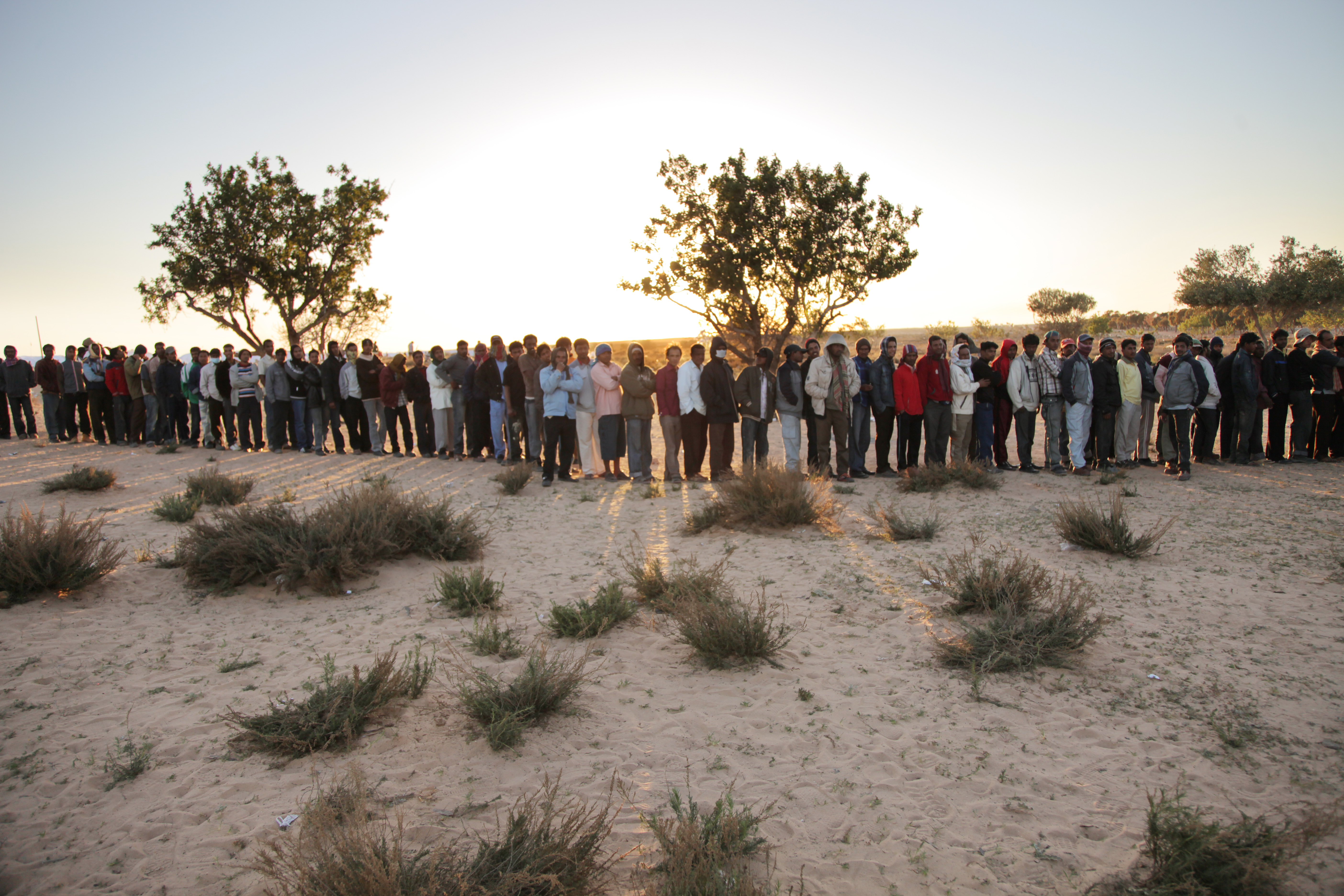My experience in education has been colorful. My formation as an educator began as a North American transplanted to and growing up in Brazil. I developed a love for soccer, along with a romantic view of family, friendships, and leisure. Now I serve as principal of a PreK–8 school in Colorado. Not a day goes by that I do not recall an experience at the cinder-block public Latin-American classroom of my childhood. I make no claim to refugee status, but I know what it feels like to end up where you didn’t start out.
In the 1990s, a term was coined for the category of people to which I belong: third culture kids (or TCKs). I can relate to many of the descriptions of refugees, particularly the stages of adaptation that they experience. Third culture kids, like refugees, no longer belong to their original group; yet neither can they fully identify as insiders to the group they have joined.
As I write this, in the fall of 2015, the world is facing a refugee crisis brought about by several wars. Rarely have we heard as much about refugees and migrants as we hear at this time. Governments, ordinary citizens, community groups, and churches are searching for an appropriate response. Candidates for public office in several countries are using this crisis as a political football.
In using refugees as a metaphor—teacher refugees—I do not mean in any way to diminish the dire circumstances in which real refugees have found themselves as a result of instability in the Middle East or political, economic, or ecological disasters anywhere else in the world. So I use the word refugee with caution. Having stated that caution, I want to insist that there are people teaching in our schools today who are not there by choice. They teach where they teach because things did not work out somewhere else. In that sense, they are refugees.
Throughout this issue, my colleagues and I have written about the kinds of people we meet on the metaphoric teaching road. Among those people we meet, some are refugees. For any number of reasons, they did not find their way into the profession they desired. Perhaps they floundered in their first post and have never recovered from the bumps. Budgets and family situations sometimes necessitate that someone ends up teaching (or teaching in a certain location) when they never planned to do so. In some cases, refugee teachers may have started out as travelers or adventurers, but some trauma along the way changed their circumstances and changed them. They may have offended an administrator and found themselves in some kind of educational Siberia. In K–12 education, that would be a losing school; in higher education it might mean a work load meant to punish.
Why raise this matter of refugees at all? My colleagues have written about tourists, travelers, adventurers, guides, and pilgrims—all categories that seem more innocent or inviting. Without adding in refugees, that schema could serve to call us to deeper levels of commitment to teaching and also to greater levels of meaning and fulfillment in teaching. That schema, without refugees, could help move us from thinking about a mere job—done with minimal effort—to viewing our work as vocation—something done in a wide, deeply personal, and important frame. Where do teacher refugees fit on such a scale? It appears as a kind of oddball category. But in the world of travelers, one meets refugees. And in the educational world, one meets refugees as well. My job here is to help us all think about them and how we can embrace them as contributing members of our school communities. I am happy to take on this task because I believe it is important. We need to understand refugee teachers and, as colleagues, administrators, and community members, we need to support them so they can find their feet again. The presence of refugee teachers adds a level of depth, complexity, diversity, and nuance to the school family. When healthy communities understand better the stories of refugee educators, they will respond with increased compassion, generosity, and magnanimity.
Refugee teachers are not to be confused with grumpy narcissists. There is an ocean of difference between a burned out, cynical, or entitled worker and a refugee teacher. The former manages to shrivel all budding fruit dry despite having access to perfectly fine soil. The latter works diligently to bear good fruit despite having been forcibly uprooted and transplanted. For the refugee teacher, the classroom is a safe haven; the schoolhouse is a place of relative stability—a new home, a second start, a refuge.
The path of the refugee teacher can feel like an unbreakable, exhausting spiral. It can become self-perpetuating and unbearable without outside support. Painful limitations can impair other dimensions of life, though these adversities are rarely self-inflicted. Systemic injustice, abuse of power, unhealthy relationships, tragedy, and physical need, for instance, can push a teacher onto the refugee’s trail. Refugee teachers depend upon a compassionate community to help them move toward a place of hope, trust, and stability—though this restorative process must not come at the expense of students.
Jason Edwards grew up as a missionary kid in rural Brazil, South America. He taught for five years at an international Christian school in Sao Paulo, Brazil, where his son, Elijah, was born. He currently serves as principal of a PreK–8 school in the Denver area. He also teaches graduate education courses at Colorado Christian University. He loves hiking, playing indoor soccer, and cycling with his family.
